Genjōkōan
Actualization of the open mystery

When all things are buddha-dharma, there is delusion and realization, practice, birth and death, buddhas and sentient beings. When the myriad things are without a self, there is no delusion and realization, no buddhas and sentient beings, no birth and death.
The buddha way is, basically, leaping clear of the many and the one; thus there are birth and death, delusion and realization, sentient beings and buddhas. Yet in attachment blossoms fall, and in aversion weeds spread, and that is all.

To carry yourself forward and actualize the myriad things through practice is delusion. That myriad things come forth and actualize yourself through practiceis awakening. Those who have great realization of delusion are buddhas. Those who are greatly deluded about realization are sentient beings. Further, there are those who continue realizing beyond realization, who are in delusion throughout delusion. When buddhas are truly buddhas they do not necessarily notice that they are buddhas. However, they are actualized buddhas, who go on actualizing buddhas.
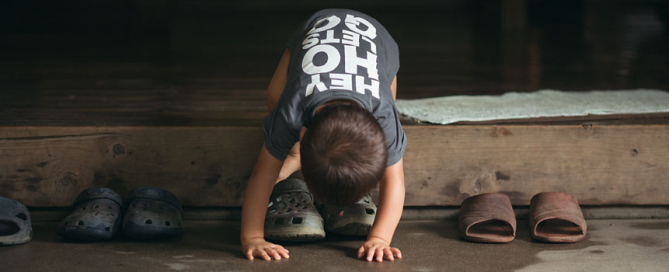
When you see forms or hear sounds fully engaging body-and-mind, you grasp things directly. Unlike things and their reflections in the mirror, and unlike the moon and its reflection in the water.
When one side is illumined the other side is dark.

To penetrate the buddha way is to penetrate yourself. To penetrate yourself is to forget yourself. To forget yourself is to be actualized by myriad things. To be actualized by myriad things is the droppimg away of your body and mind as well as the bodies and minds of others. No trace of realization remains, and this no-trace-realization continues endlessly.

When you first seek dharma, you imagine you are far away from its environs. But dharma is already correctly transmitted; you are immediately your original self.
When you ride in a boat and watch the shore, you might assume that the shore is moving. But when you keep your eyes closely on the boat, you can see that it is the boat that moves.
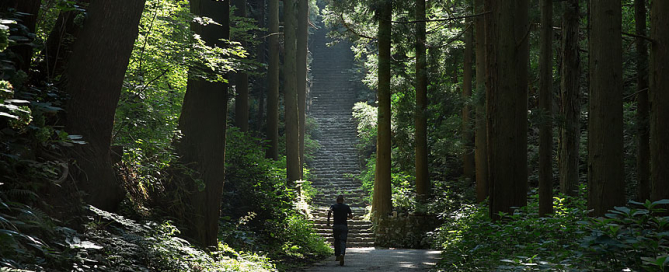
Similarly, if you examine myriad things with a confused body and mind you might suppose that your mind and nature are permanent. When you practice intimately and return to where you are, it will be clear that nothing at all has a self.
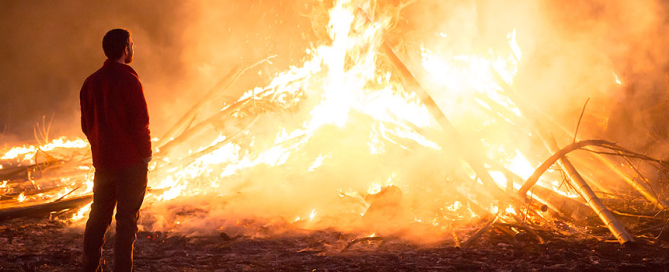
Firewood becomes ash, and it does not become firewood again. Yet, do not suppose that the ash is future and the firewood past. You should understand that firewood abides in the phenomenal expression of firewood, which fully includes past and future and is independent of past and future.

Ash abides in the phenomenal expression of ash, which fully includes future and past. Just as firewood does not become firewood again after it is ash, you do not return to birth after death. This being so, it is an established way in buddha-dharma to deny that birth turns into death. Accordingly, birth is understood as no-birth. It is an unshakable teaching in Buddha’s discourse that death does not turn into birth.

Accordingly, death is understood as no-death. Birth is an expression complete this moment. Death is an expression complete this moment. They are like winter and spring. You can not say that winter becomes spring, or that spring becomes summer.
Awakening is like the moon reflected on the water. The moon does not get wet, nor is the water broken.

Although its light is wide and great, the moon is reflected even in a puddle an inch wide. The whole moon and the entire sky are reflected in dewdrops on the grass, or even in one drop of water. Awakening does not divide you, just as the moon does not break the water. You cannot hinder awakening, just as a drop of water does not hinder the moon in the sky. The depth of the drop is the height of the moon. Each reflection, however long or short its duration, manifests the vastness of the dewdrop, and realizes the limitlessness of the moonlight in the sky.
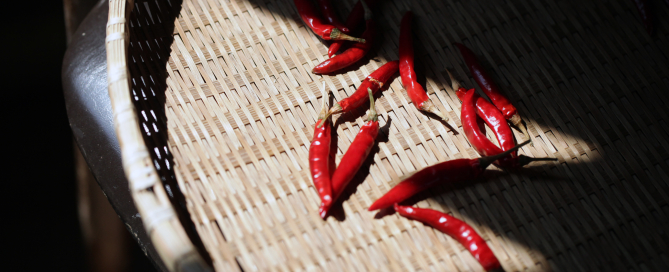
When dharma does not fill your whole body and mind, you think it is already sufficient. When the dharma fills your body and mind, you understand that something is missing.
For example, when you sail out in a boat to the middle of an ocean where no land is in sight, and view the four directions, the ocean looks circular, and does not look any other way.
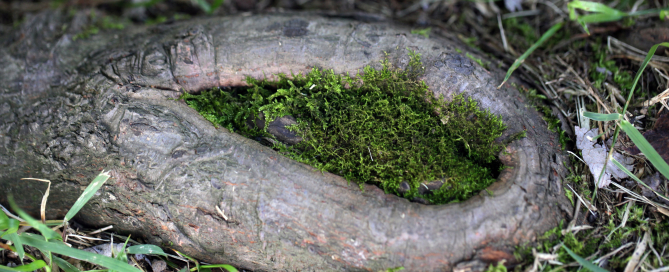
But the ocean is neither round or square; its features are infinite in variety. It is like a palace. It is like a jewel. It only looks circular as far as you can see at that time. All things are like this. Though there are many features in the dusty world and the world beyond conditions, you see and understand only what your eye of practice can reach.
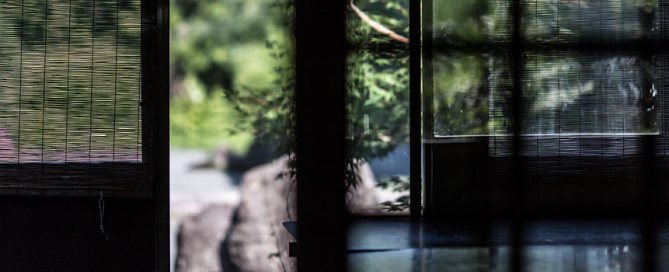
In order to learn the nature of the myriad things, you must know that although they may look round or square, the other features of oceans and mountains are infinite in variety; whole worlds are there. It is so not only around you, but also directly beneath your feet, or in a drop of water.
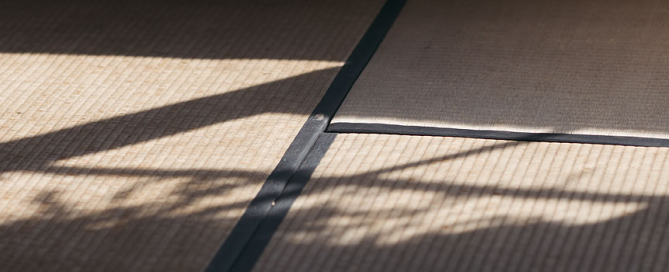
A fish swims in the ocean, and no matter how far it swims there is no end to the water. A bird flies in the sky, and no matter how far it flies there is no end to the air. However, the fish and the bird have never left their elements. When their activity is large their field is large. When their need is small their field is small. Thus, each of them totally covers its full range, and each of them totally experiences its realm. If the bird leaves the air it will die at once. If the fish leaves the water it will die at once.
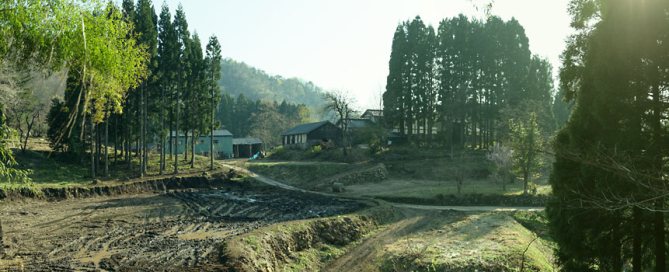
Know that water is life and air is life. The bird is life and the fish is life. Life must be the bird and life must be the fish. It is possible to illustrate this with more analogies. Practice, enlightenment, and people are like this.
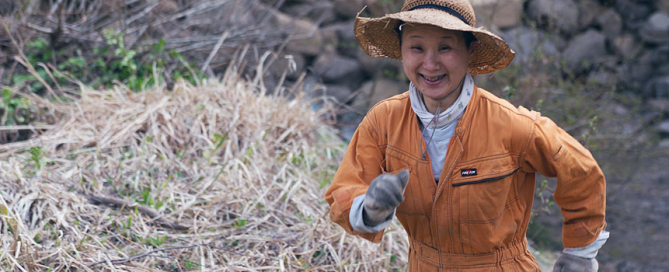
Now if a bird or a fish tries to reach the end of its element before moving in it, this bird or this fish will not find its way or its place.
When you find your place where you are, practice occurs, actualizing the open mystery. When you find your way at this moment, practice occurs, actualizing the open mystery.
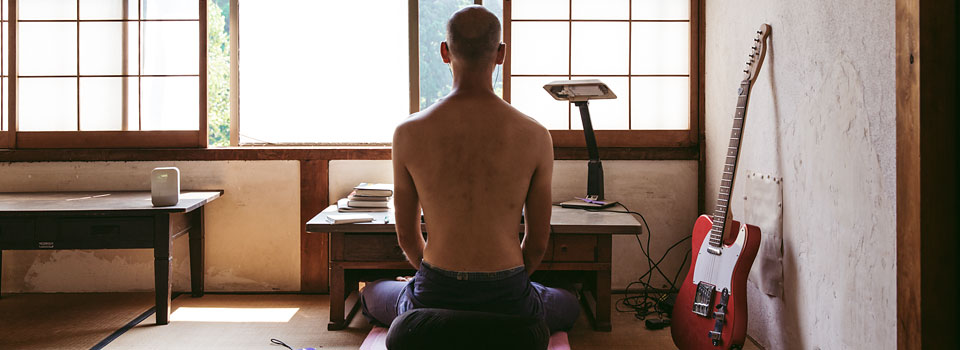
For the place, the way, is neither large nor small, neither yours nor others’. The place, the way, has not carried over from the past and it is not merely arising now. Accordingly, in the practice-realization of the buddha way, meeting one thing is mastering it – doing one practice is practicing completely. Here is the place – here the way unfolds.
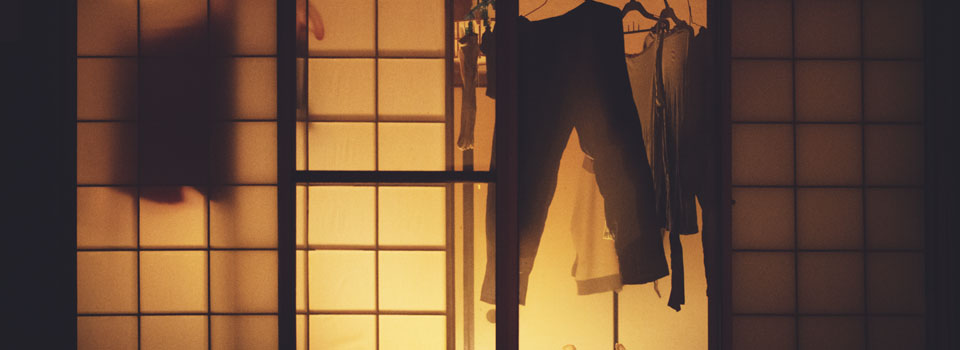
The boundary of realization is not distinct, for the realization comes forth simultaneously with the mastery of buddha-dharma. Do not suppose that what you realize becomes your knowledge and is grasped by your consciousness. Although actualized immediately, the inconceivable may not be apparent. Its appearance is beyond your knowledge.
Zen master Baoche of Mt. Mayu was fanning himself. A monk approached and said, “Master, the nature of wind is permanent and there is no place it does not reach. Why, then, do you fan yourself?” “Although you understand that the nature of the wind is permanent,” Baoche replied, “you do not understand the meaning of its reaching everywhere.” “What is the meaning of its reaching everywhere?” asked the monk again. The master just kept fanning himself. The monk bowed deeply.

The actualization of the buddha-dharma, the vital path of its correct transmission, is like this. If you say that you do not need to fan yourself because the nature of wind is permanent and you can have wind without fanning, you will understand neither permanence nor the nature of wind. The nature of wind is permanent; because of that, the wind of the buddha’s house brings forth the gold of the earth and makes fragrant the cream of the long river.
Genjōkōan, the first fascicle of the Shōbōgenzō.
This was written in mid-autumn of the year 1233 and given to the lay student Yō Kōshū from Chinzei.
Edited in 1253.




